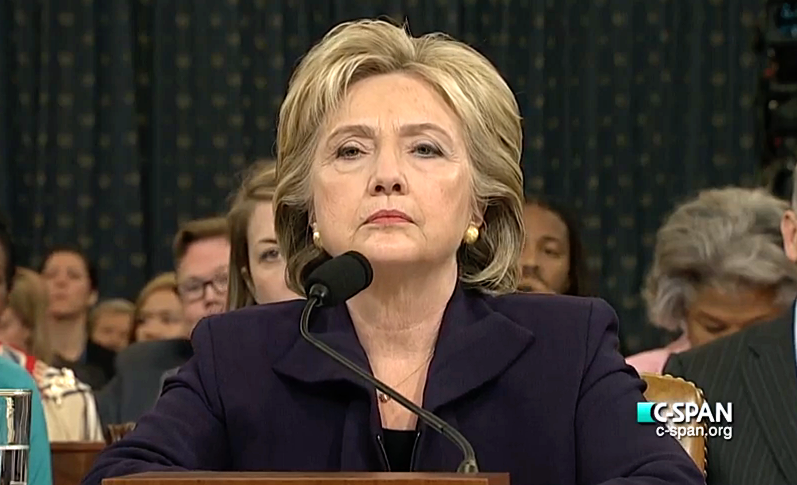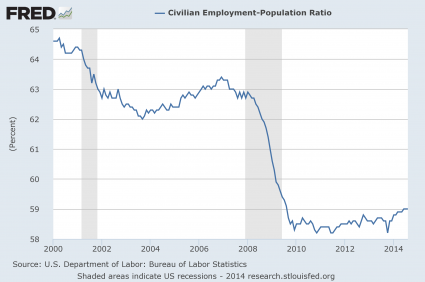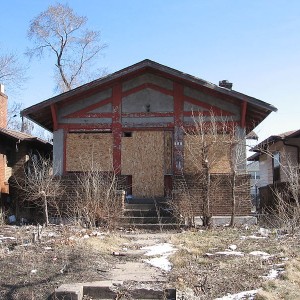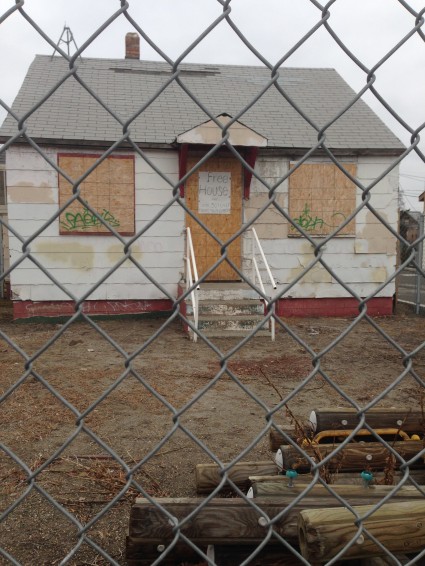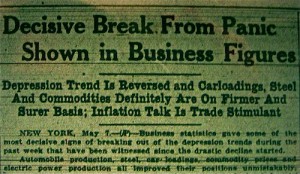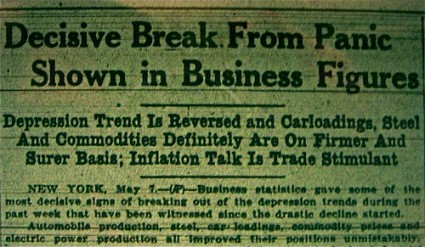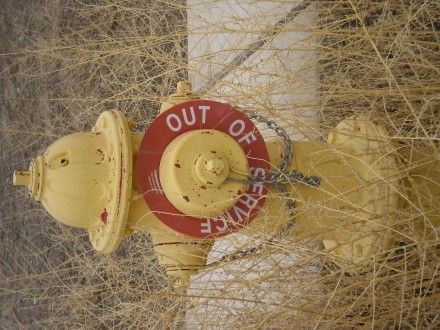 What is the worst possible outcome for the presidential election of 2016? Assuming that an election will actually take place, that is an easy question to answer – Hillary Rodham Clinton as the next president of the United States. She is truly evil in every sense of the word, and the implications of what four (or eight) years of Hillary would mean for our nation are almost too terrible to imagine. That is why it is so depressing watching what is happening to the Republican Party right now. The civil war in the Republican Party is ripping it to shreds, and as a result of all this warfare every plausible scenario for what will happen the rest of the way ends with Hillary Clinton winning the 2016 election.
What is the worst possible outcome for the presidential election of 2016? Assuming that an election will actually take place, that is an easy question to answer – Hillary Rodham Clinton as the next president of the United States. She is truly evil in every sense of the word, and the implications of what four (or eight) years of Hillary would mean for our nation are almost too terrible to imagine. That is why it is so depressing watching what is happening to the Republican Party right now. The civil war in the Republican Party is ripping it to shreds, and as a result of all this warfare every plausible scenario for what will happen the rest of the way ends with Hillary Clinton winning the 2016 election.
According to the Associated Press, here is how the Republican delegate count stands as of right now…
Donald Trump: 384
Ted Cruz: 300
Marco Rubio: 151
John Kasich: 37
Ted Cruz looks like he is within shooting distance of Trump, but that is an illusion. The early part of the schedule was full of states where Cruz was expected to do well, but now the map is going to work very much against him.
At this point, the only candidate that looks like he may be able to accumulate 1,237 delegates before the convention is Trump, and that is far from guaranteed. So far, Trump has won approximately 44 percent of the delegates during the caucuses and primaries. By the time it is all said and done, he will need to have slightly more than 60 percent of all the delegates awarded during the caucuses and primaries to guarantee himself the nomination before the Republican convention. That is because there are hundreds of delegates that are not awarded during the caucuses and the primaries, and almost all of those delegates are members of the Republican establishment.
Trump can still get there by racking up large delegate totals in winner-take-all states such as California, but it will be a challenge. The entire Republican Party establishment, Fox News, Glenn Beck and a significant number of other prominent conservative voices have all declared war on Trump. In fact, there are super PACs that are going to spend tens of millions of dollars doing nothing but trying to destroy Trump.
If the Republican Party actually wanted to beat Hillary Clinton in November, they should be rallying around Trump and trying to help him, because he would definitely need a lot of help to win the general election.
According to Real Clear Politics, the latest three polls all have Trump losing to Clinton by at least 5 points. In key states such as Michigan, the numbers are quite a bit more dismal. Over the next few months, those numbers are likely to get even worse as Trump is savagely assaulted by the Republican establishment and relentlessly bombarded by tens of millions of dollars of negative attack ads. Meanwhile, Clinton is cruising along virtually unscathed.
Of course in a just world Hillary Clinton would have already been arrested and put in prison. There is no possible way that she should be running for president of the United States. Unfortunately, we live in a deeply corrupt society, and this is the way that things work.
If by some miracle he does survive to become the nominee, a significantly weakened Trump would then have to face the full power of the Clinton political machine. It is estimated that a billion dollars could be spent on the Democratic side this time around, and Trump does not have the resources to match that. Normally big Republican donors rally around the nominee, but in this case the big money is fighting like crazy to defeat Trump. In a general election matchup, it really would be David vs. Goliath, and Trump would not be Goliath.
If Donald Trump does not accumulate 1,237 delegates before the convention, then we would be headed for what is known as a “brokered convention“. The rules are very complicated, but the key thing to remember is that the delegates are only bound for the first vote. After that, they can vote for whoever they want.
And it is very important to note that the campaigns don’t pick their delegates. Becoming a delegate is a long and tedious process in most states, and most of them are party loyalists.
In the end, a “brokered convention” would almost certainly result in an establishment candidate being chosen as the nominee. Needless to say, the names “Trump” and “Cruz” would not be on that list.
Have you noticed that Mitt Romney has started to put himself out there lately? His verbal attacks on Trump have been absolutely scathing, and he told Fox News that he would not say no if he was “drafted” to become the nominee at the Republican convention…
Romney, a former Massachusetts governor and the Republicans’ 2012 presidential nominee, repeated remarks from last week, telling “Fox News Sunday” that he wouldn’t launch an eleventh-hour campaign for president. But he declined to reject being “drafted” at the GOP convention in July to be the party’s general election candidate.
“It would be absurd to say that if I were drafted I’d say no,” Romney said.
Behind the scenes, much more is going on. In fact, CNN is reporting that Romney’s team is actively working on a plan to steal the nomination from Trump at the convention…
Mitt Romney has instructed his closest advisers to explore the possibility of stopping Donald Trump at the Republican National Convention, a source close to Romney’s inner circle says.
The 2012 GOP nominee’s advisers are examining what a fight at the convention might look like and what rules might need revising.
“It sounds like the plan is to lock the convention,” said the source.
If Romney does emerge as the nominee, does anyone actually believe that he will defeat Clinton?
Of course not. Trump’s millions of supporters will be absolutely infuriated, and many of them would absolutely refuse to cast a vote for Romney in the general election.
In the end, it would be the same result – a victory for Hillary Clinton.
The next few weeks are going to be very interesting. If Trump wins Florida and Ohio, there is going to be a lot of pressure on Marco Rubio and John Kasich to get out of the race, and the path to 1,237 delegates would appear to be clear.
However, Mitt Romney could attempt to derail the Trump bandwagon by jumping in the race after March 15th. Romney’s goal would be to capture enough delegates in winner-take-all states such as California to keep Trump from getting to the magic number of 1,237. If Romney could do that, he knows that he would likely come out of a brokered convention as the nominee.
But no matter what happens on the Republican side from this point forward, it is going to take a miracle of epic proportions to keep Hillary Clinton from winning the presidency. Every plausible scenario ends with her in the White House, and that is a truly horrible thing to imagine.
